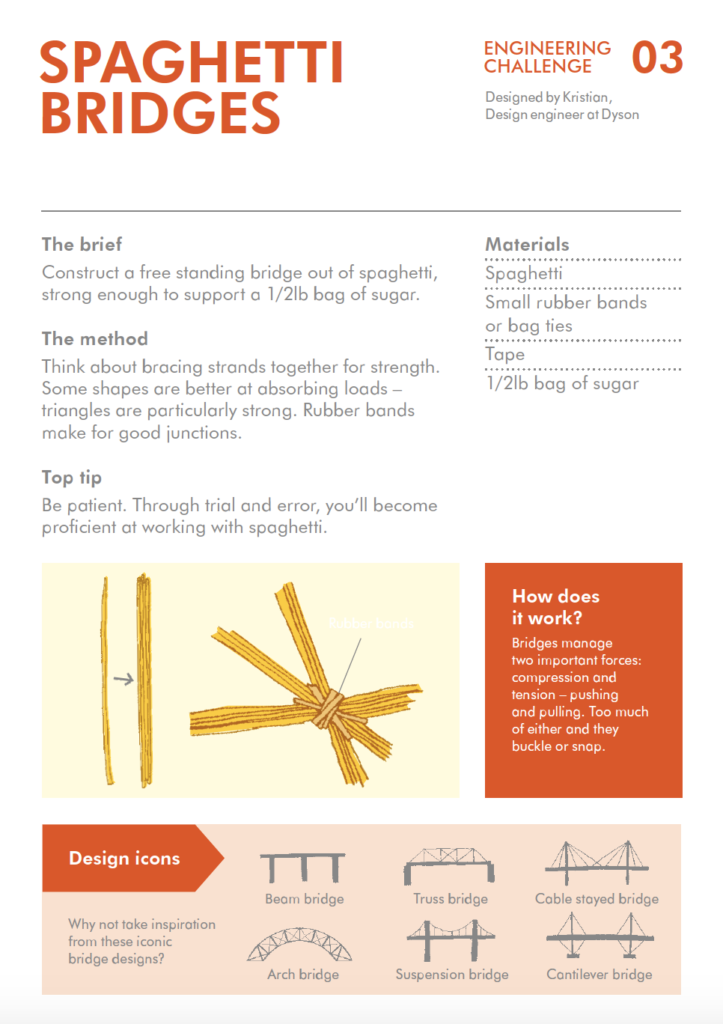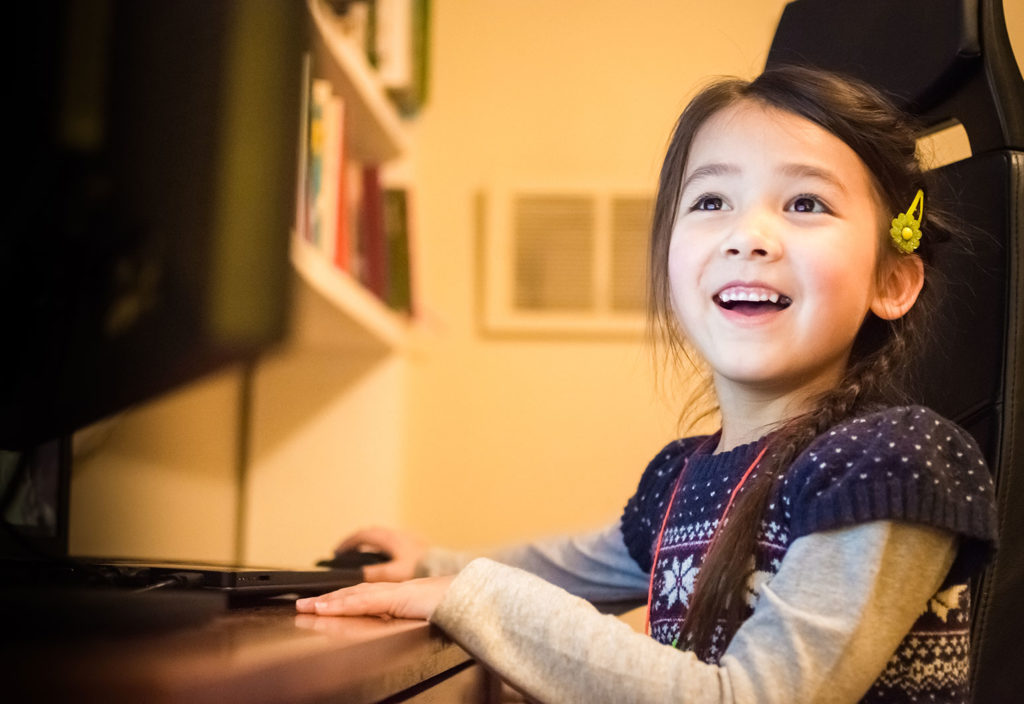The pandemic has forced most families to come to grips with remote learning, but it doesn’t have to be a chore. The global STEM community has a wealth of resources to engage kids of all ages in meaningful activities without having to leave home.
Explore the STARportal
A collaboration with the Office of the Chief Scientist, Engineers Australia’s free STARportal has tripled its amount of online activities to some 1400 to help parents, teachers and students get through the COVID-19 pandemic.
Justine Romanis, National Manager of Professional Diversity and STEM at Engineers Australia, recommended jumping in and looking through various filters that can be applied such as areas of interest and age.
“We’re excited to have this out there, because we’ve always had a challenge getting representation in schools because engineering isn’t part of a national curriculum,” she said.

Romanis added that the portal can be used to help teachers and parents engage children in new ways in what can sometimes be a difficult remote learning environment.
“You can go to STARportal Watch, which is videos that we have identified as educational videos that kids can sit in front of the computer and learn from while they’re being entertained,” she said.
Engineers Australia members who would like to suggest activities for the portal based on things they do with the children in their life can do so here.
Take on a challenge

The James Dyson Foundation has created a website with ‘challenge cards’ for kids to download and attempt.
Designed by Dyson engineers, the challenges are specifically for children and include fun and simple activities such as balloon car races, creating a marble run, and building a spaghetti bridge or a cardboard boat.
They can be completed individually or in groups, and encourage inquisitive young minds to get excited about engineering.
Tune into a podcast
A podcast for kids aged four and up, the ABC’s Imagine This is a world where it’s ok to ask questions and have your voice heard.
Each episode starts with a puzzling question – from “Why don’t cats wear shoes?” to “Why do stars twinkle?” and importantly, “Where does our poo go when we flush it down the toilet?” – and gets experts to explain the science and technology behind it in a fun and engaging way.
More suited to teens, Engineering Heroes talks to professional engineers to better understand who they are, what it is that they do, and why engineering is so important in building the world around us.
Tour the world’s museums – virtually
International travel might be on hold at the moment, but some of the world’s great museums and theme parks have opened their virtual doors to allow imaginations to keep wandering.
Space cadets will love NASA’s online tours of its Langley Research Center and Glenn Research Center, while Houston’s The Space Center has cool augmented reality experiences on its app.
Lego enthusiasts can get their fix exploring attractions such as The Great LEGO Race, or with a virtual tour of the park.
Closer to home, Melbourne’s Scienceworks has a great range of activities for kids to explore.
Have fun with engineering games
Whether it’s learning the basics of coding, or entertaining little ones with a Cat in the Hat adventure, TryEngineering is an international resource for games and structured lesson plans to get you through educating at home.
Powered by the US-based Institute of Electrical and Electronics Engineers, the portal gathers a wide range of games for students from preschool to year 12 that can be conducted on a home computer or tablet.
Inspire kids to look to a STEM career
New children’s book I want to be an Engineer celebrates some of the everyday engineering marvels and how they change our world. It shows the wonder and excitement of engineering through the eyes of children, from huge towers to smart electric cars.
Author and engineer Samantha Dungey said research from Education and Employers UK has shown that the perceptions (and biases) children have about certain jobs and careers are formed at a young age.
“As children can only want to be what they can see, exposing them to engineering at a young age, and showing them what engineers contribute to the world, opens them up to the possibility of a career in engineering as it may be something they had never even heard of,” she said.
“Additionally, if girls are exposed to engineering at a young age, and shown there are strong female role models in the profession, they are more likely to believe it is a career they can and want to achieve in.”
The book comes out in July this year and is available for pre-order.
